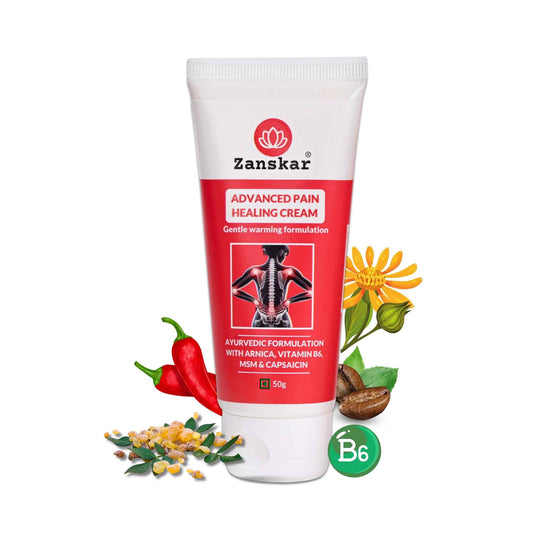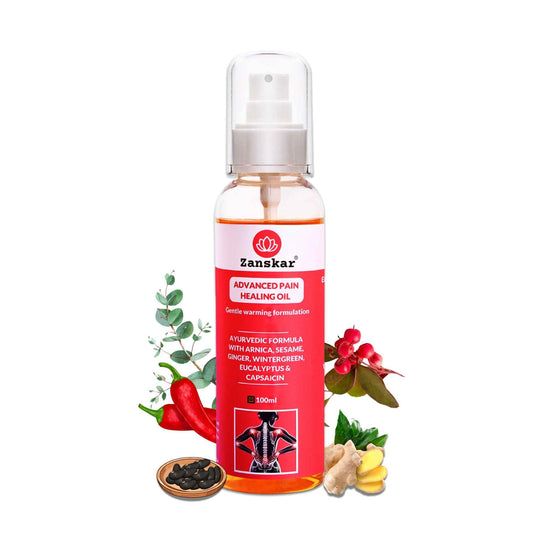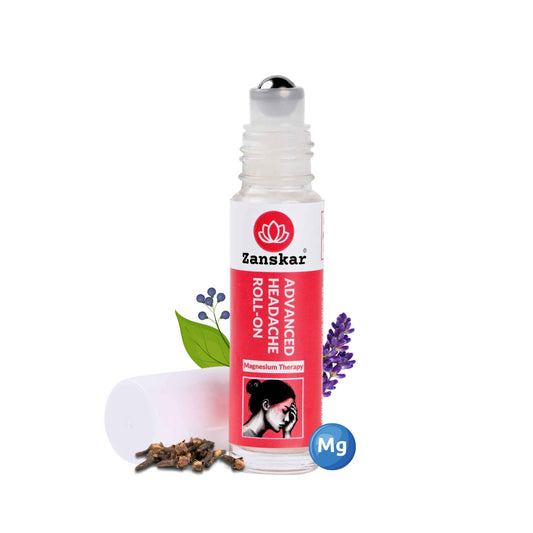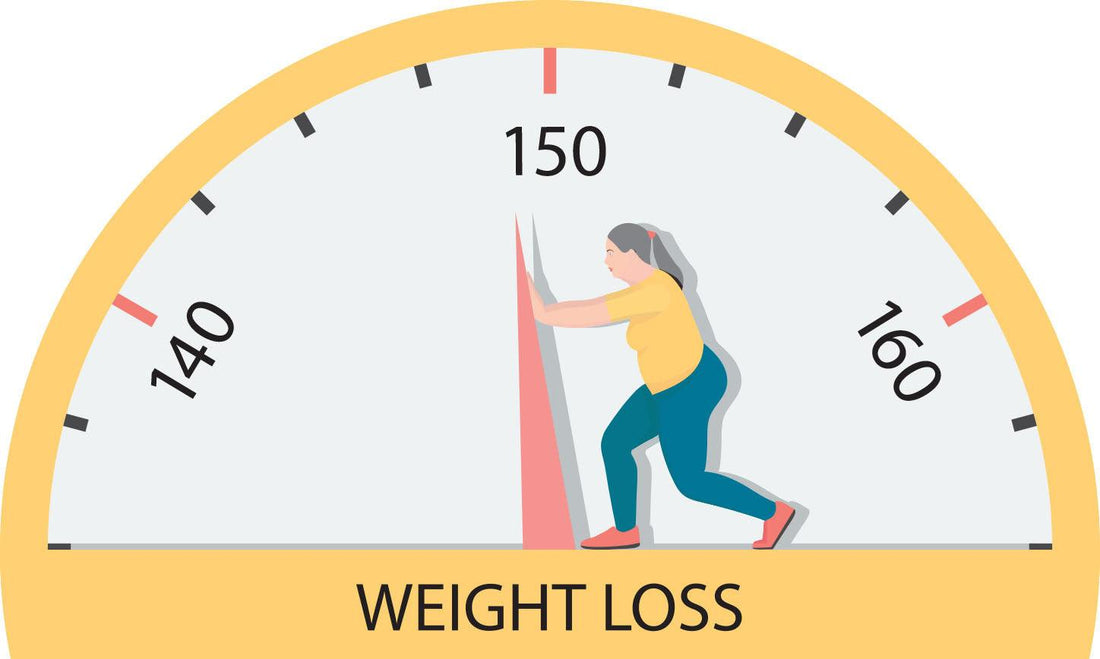
The Connection Between Diet, Weight, and Chronic Joint Pain
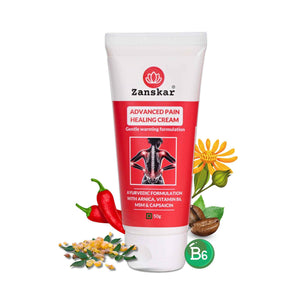
Being overweight is a common barrier when it comes to reducing chronic back and joint pain. At Zanskar Health, I work with many people whose goal is to reduce their chronic back and joint pain. What many of them don’t realize is that losing weight will also help them manage their chronic pain.
Research demonstrates that people who are overweight tend to have more chronic joint pain as the extra weight overburdens the joints. Unfortunately, it can be a vicious cycle. Research has also shown the resulting pain often can lead to overeating snacks or desserts as a way to “self-comfort” and provide a distraction from the pain. In fact, weight and chronic pain are considered co-morbid conditions and are related to each other. Both need to be tackled together to effectively reduce chronic joint pain.
Here at Zanskar Health, we take a biopsychosocial approach to chronic joint pain, which research has validated as the gold standard for treatment. Our more holistic approach goes beyond physical therapy and includes tackling other related conditions like weight, mental health, and lifestyle and behavioral changes to resolve chronic joint pain. Our Zanskar Health’s clinical care model combines virtual 1-on-1 physical therapists and behavioral health coaches.
Let’s use Anju as an example. Anju does the Zanskar Health exercise program at least three times a week to help her strengthen her knees and reduce her chronic pain symptoms. As her coach on this pain relief journey, we’ve helped her realize that losing weight would also help reduce pressure on her joints. This motivated Anju to want to lose weight, but she was overwhelmed. How was she going to do it? That’s when she decided to reach out to us for additional support and goal setting.
Here are four simple tricks that will help you get started on your weight loss journey and why your diet can play a role in impacting your chronic pain.
1. Start tracking your food choices
You may not realize how much you’re eating or what you’re eating that could be contributing to your pain. Many foods trigger inflammatory responses in the body that are directly correlated with chronic pain.
According to the National Center for Biotechnology Information, “The relationship between obesity and pain is not a direct one but is mediated by various factors. Such factors include biomechanical/structural changes associated with obesity, inflammatory mediators, mood disturbance, poor sleep, and lifestyle issues.”
Clearly, health is multifaceted. There may be many contributors to your weight loss struggle. That’s one reason tracking your food choices is important. What gets measured gets managed! Perhaps your eating habits aren’t too bad but you’re under a lot of stress, not sleeping enough, and tend toward emotional eating. Any of these can make it harder to lose weight and reduce chronic pain. Tracking your food intake will give you a clear picture of what you’re putting into your body. Does it nourish you and support your body? Or does it fill you up and then lead to an energy crash?
There are many great trackers out there, including My Fitness Pal and Healthifyme. Some people prefer to use a food journal. No matter the method, what’s important is to be aware of what you’re eating.
2. Drink more water
Also important to weight loss is drinking enough water. Water helps reduce our cravings and our desire to snack. Water flushes toxins from our body, which helps reduce inflammation. Drinking water also helps our joints stay lubricated. According to the Pain Center, “When there is a scarcity of water in the body, cartilage loses its sponginess. Drinking more water may not treat the joint pain but it can keep your joints healthy.”
How can you take in more water each day? One of our favorite tips to our clients is to do “water prep” just as one might do meal prep. Put out all the cups or bottles of water you plan to drink and pace yourself. For example, let’s say you want to drink 3 one-litre bottles of water. You can space them out, reminding yourself to drink the first bottle by lunch, the second by the end of the workday, and the third before you go to bed. By planning ahead, you’re setting yourself up for success.
3. Read food labels
The third way to support your weight-loss efforts is to read food labels. Serving sizes can be eye-opening. You may be overeating without realizing it. We’ve all done it. One chip leads to two . . . You know what happens next!
Here’s a good rule of thumb: if you can’t read it, don’t eat it! Real foods have simple ingredients. Processed foods do not. They are filled with added dyes, chemicals, and fillers to trick your body into eating more junk! Their labels look like lists of supplies for science experiments.
Many people find food labels off-putting and avoid looking at them. But chances are, if the label is confusing there’s a more healthful choice that will better nourish your body. In addition, those processed foods with confusing ingredients can increase inflammation in your body. These are just two of many reasons to create some awareness of what you’re fueling your body with.
Make it simple: begin your label-reading habit at home. Look in your kitchen cabinets and read the labels on your cans, boxes, and packages. If they aren’t the best choices, that’s okay! You can improve, beginning now. Pay attention to the serving sizes. Commit to making more healthful choices the next time you go shopping.
4. Move your body
The final tip to help you start down the road toward weight loss is to move your body. Here at Zanskar Health, we say all the time that “movement is medicine.” Moving your body is a form of self-care that benefits your joints, your mind, and your overall health.
You don’t have to carve an hour out of your day to make movement happen. Start small. Take a walk around the block. Do an extra lap of the grocery store. Park farther away from the store. All these movements add up. Your Zanskar Health daily home exercise schedule take about 15 minutes to complete. You could complete them and go for a walk in the evening with your spouse or your dog. This is a perfect way to start adding movement into your day without becoming overwhelmed.
Can you find thirty minutes in your day? No? That’s okay too. What about two fifteen-minute periods? How much Netflix are you watching at night? Can you stretch while you watch a show? Watch one show instead of two? How much time are you spending on social media? Consider making a rule for yourself that you can’t open a second app until you do something for your health. You may not be watching a lot of TV or playing with your devices so much that you don’t move around enough. But if you are, and you recognize that now, great! It’s an opportunity to bloom.
How Anju lost weight and reduced her chronic knee pain
Anju decided that good first steps would be to start portion control and keep water bottles in prominent locations at her home. She was so excited to see the number on the scale come down slowly but surely. Good habits lead to more good habits, and she said she was planning to add in a walk after dinner. And the best part, Anju’s hard work losing weight started to pay off on reducing her chronic knee pain as well.
Losing weight doesn’t need to be tremendously difficult. Sometimes we just need to tweak what we’re already doing. Start small in your goal setting and add on as you get comfortable with what you are doing. Consistency is what pays off in the long run when it comes to your health.
Learn More About Zanskar Health
If you have joint or muscle pain that makes it hard to move, Zanskar offers the most advanced full stack pain relief solutions for you.
Now available to purchase, Zanskar® Advanced Pain Healing Cream has a unique formulation of natural ingredients like Arnica, Vitamin B6, MSM and Capsaicin, which is trusted by over 20L+ pain sufferers globally. It provides lasting relief from muscle and joint discomfort that you can feel good about. Get your fix before stocks run out - buy now.
You can also gain access to therapeutic exercises and stretches for your condition by downloading the Zanskar Health physiotherapy mobile app. Additionally, you’ll have a personal care team to guide, support, and tailor our program to you, including behavioral and nutritional coaching.
Download our mobile app here 👉 download and track your exercise streak.
Medical Review: This article is written by Dr Nishtha Mittal (Senior Health Content Editor at Zanskar Health) and has been medically reviewed by Dr Rashi Goel (Senior Physiotherapist at Zanskar Health). This article and its contents are provided for educational and informational purposes only and do not constitute medical advice or professional services specific to you or your medical condition.




